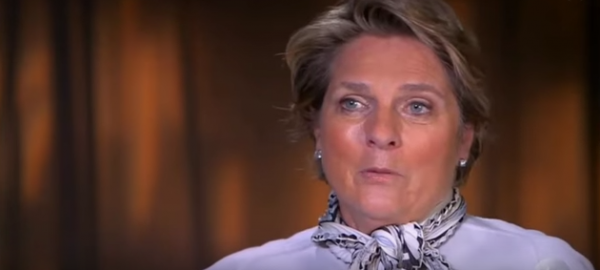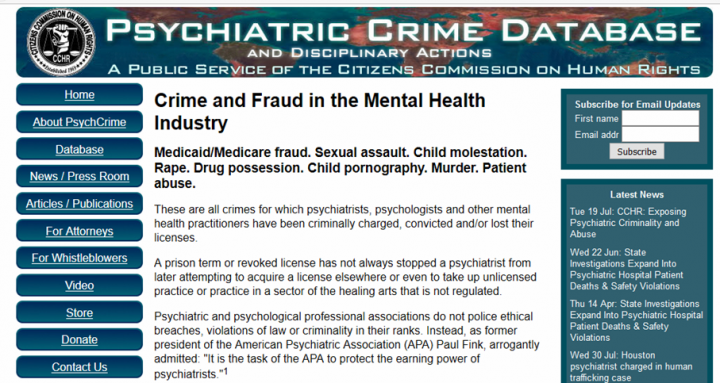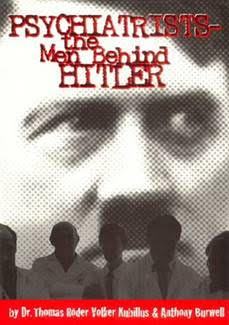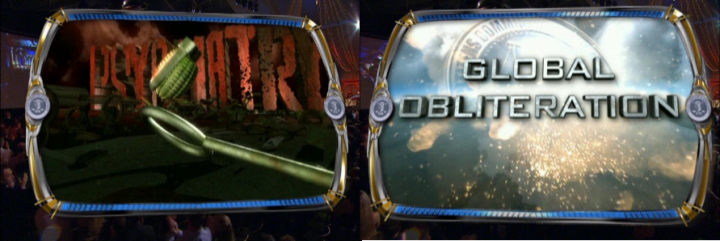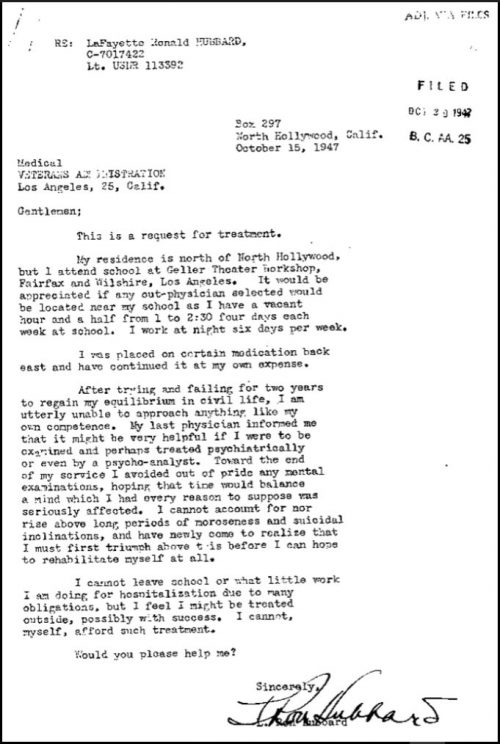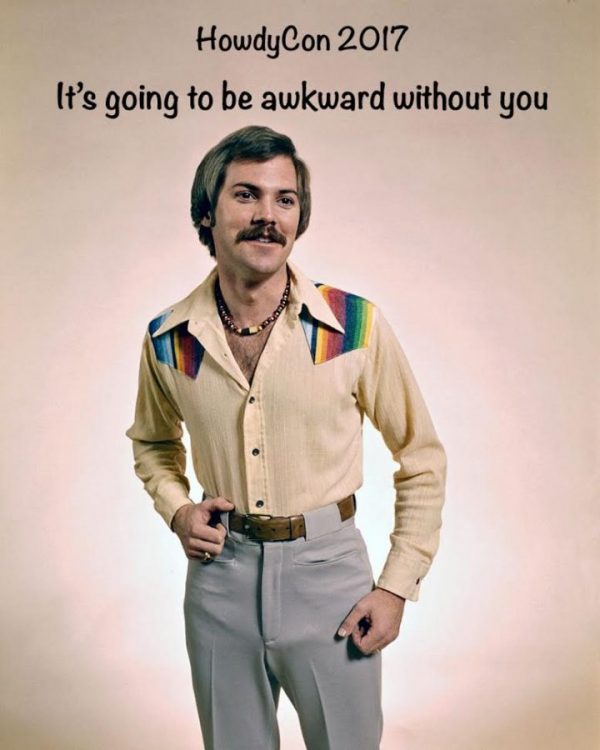Jeffrey Augustine is back with another investigation of Scientology’s essential concepts…
Following the sudden departure of Tommy Davis as the Church of Scientology’s spokesman in 2011, the organization no longer has an actual Scientologist to represent it on television or in documentaries. Seemingly by default, Scientology leader David Miscavige’s attorney Monique Yingling — a non-Scientologist – has found herself cast in the unlikely role as the international spokeswoman for the church.
During ABC 20/20’s recent episode, “Scientology: A War Without Guns,” Yingling appeared to speak on behalf of Miscavige at the last minute. Like her previous appearance in April in an episode about Ron Miscavige’s book Ruthless, Yingling was given a lot of airtime to present the church’s side of things. And this time, at one point ABC’s Dan Harris asked her a very straightforward question, and her reply was stunning:
Harris: Scientology has described psychiatry as an “industry of death.” Why is that?
Yingling: Well, I think that’s a catchphrase. But what Scientology has worked hard against are abusive practices of psychiatry. Not psychiatry in general.
Harris: You say, “not psychiatry in general,” but an “industry of death” sounds pretty general.
Yingling: Well because unfortunately there have been a lot of abuses, and psychiatry has caused a lot of deaths.
Right there on national television, this was a pretty spectacular lie.
If you know much about Scientology at all, you know that founder L. Ron Hubbard considered all of psychiatry an abomination that has plagued mankind for trillions — yes trillions of years. Hubbard even claimed that the “evil psychs” were a special race, traceable to the planet “Farsec.” The goal of the psychs, according to Hubbard, is to implant, enslave, and kill humans.
From 1950 until his death in 1986, Hubbard created, expanded, and sustained Scientology’s attack upon psychiatry that continues to this day.
As part of Hubbard’s efforts to expose psychiatry, Scientology created the Citizens Commission on Human Rights in 1969 as a “mental health industry watchdog whose mission is to eradicate abuses committed under the guise of mental health.” But what does CCHR actually do? One thing CCHR does is work to get psychiatrists arrested, tried, and imprisoned for abuses.
CCHR’s Psychiatric Crime Database, yet another typically exaggerated and bizarre Scientology PR effort, puts the lie to Monique Yingling’s claims that “Psychiatry: An Industry of Death” is merely a catchphrase:
CCHR also markets and sells the book “Psychiatrists – the Men Behind Hitler” on its website. This tawdry book blames psychiatry for the Holocaust:
In 2005, CCHR opened its “Psychiatry: An Industry of Death Museum” in Hollywood. This was the same year Tom Cruise launched into his hostile attack against psychiatry and psychiatric drugs during his interview with Matt Lauer. And then at the 2007 New Year’s event at the Shrine auditorium in Los Angeles, David Miscavige infamously used animated exploding hand grenades to call for the global obliteration of Psychiatry:
I was in the audience that night and was appalled to see the way in which the gathered Scientologists jumped to their feet to scream wildly and applaud Miscavige’s violent call for the global obliteration of Psychiatry and the mass arrest and imprisonment of psychiatrists. Miscavige further bragged at this event that CCHR had a “smart bomb” that “sniffs out Psych fuel lines and blows the funding mechanism. And in that way, to put it bluntly, we booby-trapped the whole psychiatric ecosystem.”
David Miscavige’s violent 2007 rant against psychiatry was nothing new. In October 1995, Miscavige promised Scientologists that psychiatry would be destroyed in five years:
“There are a lot of opinions out there as to what is wrong with Earth, 1995. But if you really want to eliminate those problems all you have to do is work for the objectives that we, as members of the IAS, have set for the year 2000: Objective One – place Scientology at the absolute forefront of Society. Objective Two – eliminate psychiatry in all its forms. Let’s get rid of psychiatry, and let’s bring Scientology to every man, woman and child on this planet.”
Finally, and here we arrive at the crux of the matter, L. Ron Hubbard was infuriated that psychiatry had obtained what he thought was a fraudulent monopoly on mental health treatment. To Hubbard’s way of thinking, psychiatry was rigged because it required an eight-year medical degree plus a four-year psychiatric residency to become a psychiatrist. This conspiracy to require medical degrees and residencies effectively locked Hubbard and his e-meter out of the tens of billions dollars per year in government funding spent on mental health treatment.
Hubbard wanted that money. He wanted Scientology to have an exclusive global monopoly on mental health treatment and the billions of government dollars pouring into psychiatric and mental health programs. As Hubbard wrote in his confidential 1969 memo Intelligence Actions:
Our war has been forced to become to take over absolutely the field of mental healing on this planet in all forms… Our total victory will come when we run his (the enemy’s) organization, perform his functions and obtain his financing and appropriations.
Monique Yingling was prevaricating when she told Dan Harris that “Psychiatry: An Industry of Death” was a catchphrase. Yingling knows that, per its own policies, Scientology will not accept anyone as a member who has been suicidal or has been treated with psychiatric drugs. In a paradoxical coda to this article, we note that these two prohibitions disqualify L. Ron Hubbard from Scientology.
In 1947, L. Ron Hubbard wrote to the US Veterans Administration complaining of suicidal ideations and moroseness, or what we would today call depression. Hubbard asked the Veterans Administration to provide him with psychiatric treatment.
And at the end of his life, in January 1986, L. Ron Hubbard suffered a stroke and was treated with the psychiatric tranquilizer Vistaril.
Hubbard’s intense hatred of psychiatry was most curiously book-ended between his request for psychiatric help in 1947 and his use of a doctor-prescribed psychiatric tranquilizer at the end of his life. I wonder how Monique Yingling would spin that?
— Jeffrey Augustine
——————–
June will be here before you know it
HowdyCon 2017: Denver, June 23-25. Go here to start making your plans.
[Thank you, Observer.]
——————–
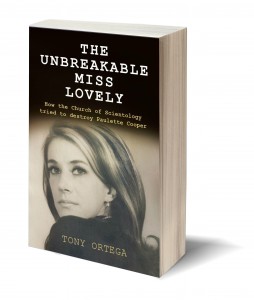 Posted by Tony Ortega on January 14, 2017 at 07:00
Posted by Tony Ortega on January 14, 2017 at 07:00
E-mail tips and story ideas to tonyo94 AT gmail DOT com or follow us on Twitter. We post behind-the-scenes updates at our Facebook author page. After every new story we send out an alert to our e-mail list and our FB page.
Our book, The Unbreakable Miss Lovely: How the Church of Scientology tried to destroy Paulette Cooper, is on sale at Amazon in paperback, Kindle, and audiobook versions. We’ve posted photographs of Paulette and scenes from her life at a separate location. Reader Sookie put together a complete index. More information about the book, and our 2015 book tour, can also be found at the book’s dedicated page.
The Best of the Underground Bunker, 1995-2016 Just starting out here? We’ve picked out the most important stories we’ve covered here at the Undergound Bunker (2012-2016), The Village Voice (2008-2012), New Times Los Angeles (1999-2002) and the Phoenix New Times (1995-1999)
Learn about Scientology with our numerous series with experts…
BLOGGING DIANETICS: We read Scientology’s founding text cover to cover with the help of L.A. attorney and former church member Vance Woodward
UP THE BRIDGE: Claire Headley and Bruce Hines train us as Scientologists
GETTING OUR ETHICS IN: Jefferson Hawkins explains Scientology’s system of justice
SCIENTOLOGY MYTHBUSTING: Historian Jon Atack discusses key Scientology concepts
Other links: Shelly Miscavige, ten years gone | The Lisa McPherson story told in real time | The Cathriona White stories | The Leah Remini ‘Knowledge Reports’ | Hear audio of a Scientology excommunication | Scientology’s little day care of horrors | Whatever happened to Steve Fishman? | Felony charges for Scientology’s drug rehab scam | Why Scientology digs bomb-proof vaults in the desert | PZ Myers reads L. Ron Hubbard’s “A History of Man” | Scientology’s Master Spies | Scientology’s Private Dancer | The mystery of the richest Scientologist and his wayward sons | Scientology’s shocking mistreatment of the mentally ill | Scientology boasts about assistance from Google | The Underground Bunker’s Official Theme Song | The Underground Bunker FAQ
Our Guide to Alex Gibney’s film ‘Going Clear,’ and our pages about its principal figures…
Jason Beghe | Tom DeVocht | Sara Goldberg | Paul Haggis | Mark “Marty” Rathbun | Mike Rinder | Spanky Taylor | Hana Whitfield





